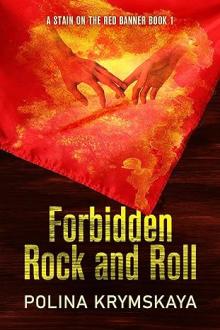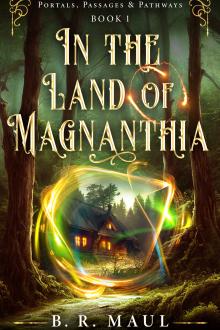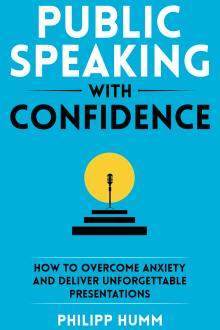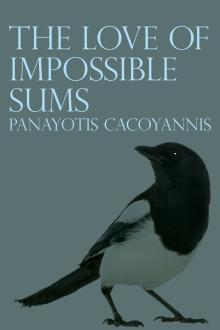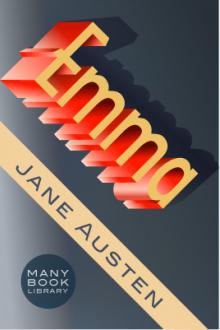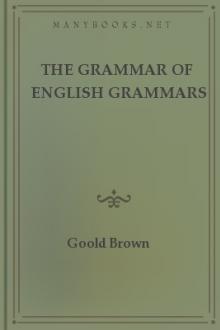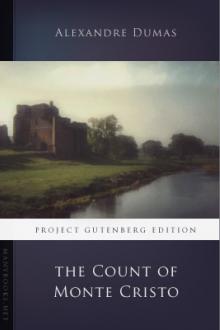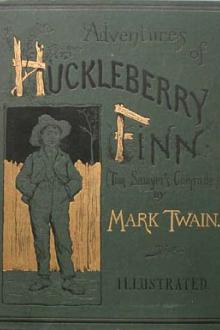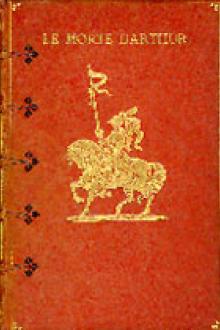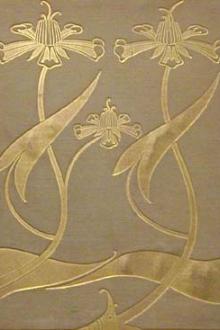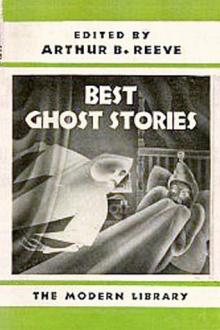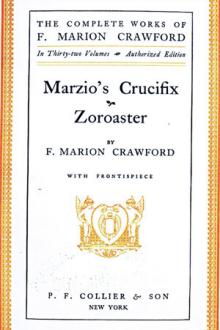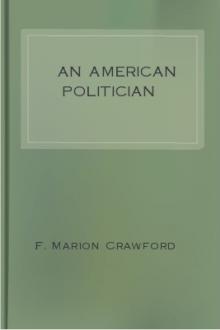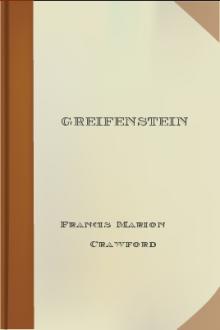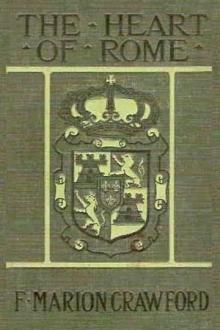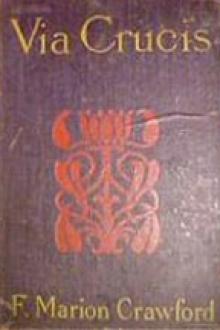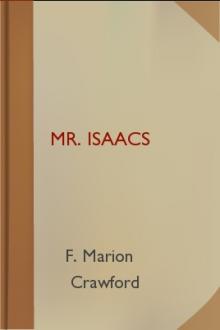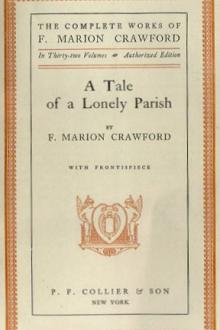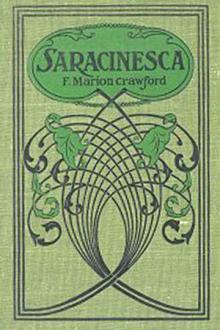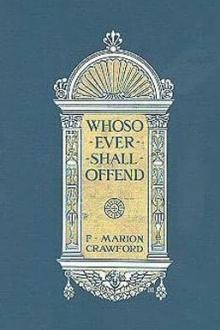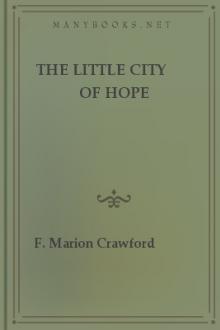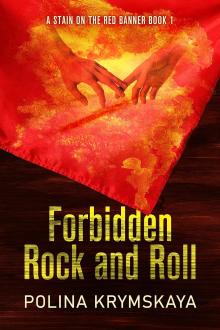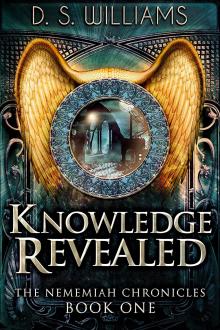Don Orsino
Don Orsino
Book Excerpt
of opinion. It may perhaps be said also that both parties
became aware of their common enemy, the social democrat, soon after the
disappearance of the popular King whose great individual influence was
of more value to the cause of a united monarchy than all the political
clubs and organisations in Italy put together. He was a strong man. He
only once, I think, yielded to the pressure of a popular excitement,
namely, in the matter of seizing Rome when the French troops were
withdrawn, thereby violating a ratified Treaty. But his position was a
hard one. He regretted the apparent necessity, and to the day of his
death he never would sleep under the roof of Pius the Ninth's Palace on
the Quirinal, but had his private apartments in an adjoining building.
He was brave and generous. Such faults as he had were no burden to the
nation and concerned himself alone. The same praise may be worthily
bestowed upon his successor, but the personal influence is no longer the
same, any more than that of Leo XIII. can be compar
FREE EBOOKS AND DEALS
(view all)Popular books in Fiction and Literature
Readers reviews
5.0
LoginSign up
The third novel in F. Marion Crawford's "Saracinesca" series is arguably the best. Crawford hones down his style to a greater concision than he usually mustered, and his eye on the changing social conditions of Italy in the 19th century remained as acute as in the first book in the series.
In "Saracinesca" Crawford told of Giovanni Saracinesca's courting of Corona d'Astradente, complete with intrigue and sword fights. In "Sant' Ilario," a fight over the title "Saracinesca" contrasts with a break in the marriage between our staid hero and the lovely Corona. In "Don Orsino," their eponymous son seeks out love and fortune as a real estate bubble burgeons and bursts in late 19th century Rome. Few novels have dealt as realistically with business as this romance does. This added level of realism places this tragedy high in Crawford's oeuvre.
Though this book contains "an evil businessman," it is not like most other novels of this period that deal with such issues: it is not anticapitalist. It does not overstate the evils of the system, nor does it make a thorough critique against bourgeois society. Crawford, a conservative, looked back fondly to the medieval past. Yes. (After all, he wrote numerous historical romances set prior to the 19th century.) But Crawford was no extremist in his fondness for older times, and he saw the emerging commercial society as a complex system that produced much good as well as trouble. Crawford was immune to facile socialisms or de rigueur critiques of middle-class culture. For Crawford, evil was to be found in every system, as was, surely, mediocrity and the foibles of the easy-to-compromise. But goodness can be found in most societies, too, and as was made clear in "The American Politician," Crawford regarded business enterprise with admiration. Because of his resistance to trendy anti-capitalism, and because of his sharp-eyed observations, commitment to character, and expert use of plot, this book stands brightly in the long bookshelf of once-popular but now mostly forgotten classics. It is a classic, and a fine capstone to his most popular trilogy.
Subsequent sequels in this series, such as "Corleone," continue the saga of Saracinesca family, but with a diversion from the previous focus on the drama and status of family members into heavily plotted, incident-heavy melodrama. Characters from "Saracinesca" and its sequels also appear in "A Lady of Rome" (1906) and "The White Sister" (1909).
But "Don Orsino" and its immediate predecessors remain among the very best books that F. Marion Crawford produced.
In "Saracinesca" Crawford told of Giovanni Saracinesca's courting of Corona d'Astradente, complete with intrigue and sword fights. In "Sant' Ilario," a fight over the title "Saracinesca" contrasts with a break in the marriage between our staid hero and the lovely Corona. In "Don Orsino," their eponymous son seeks out love and fortune as a real estate bubble burgeons and bursts in late 19th century Rome. Few novels have dealt as realistically with business as this romance does. This added level of realism places this tragedy high in Crawford's oeuvre.
Though this book contains "an evil businessman," it is not like most other novels of this period that deal with such issues: it is not anticapitalist. It does not overstate the evils of the system, nor does it make a thorough critique against bourgeois society. Crawford, a conservative, looked back fondly to the medieval past. Yes. (After all, he wrote numerous historical romances set prior to the 19th century.) But Crawford was no extremist in his fondness for older times, and he saw the emerging commercial society as a complex system that produced much good as well as trouble. Crawford was immune to facile socialisms or de rigueur critiques of middle-class culture. For Crawford, evil was to be found in every system, as was, surely, mediocrity and the foibles of the easy-to-compromise. But goodness can be found in most societies, too, and as was made clear in "The American Politician," Crawford regarded business enterprise with admiration. Because of his resistance to trendy anti-capitalism, and because of his sharp-eyed observations, commitment to character, and expert use of plot, this book stands brightly in the long bookshelf of once-popular but now mostly forgotten classics. It is a classic, and a fine capstone to his most popular trilogy.
Subsequent sequels in this series, such as "Corleone," continue the saga of Saracinesca family, but with a diversion from the previous focus on the drama and status of family members into heavily plotted, incident-heavy melodrama. Characters from "Saracinesca" and its sequels also appear in "A Lady of Rome" (1906) and "The White Sister" (1909).
But "Don Orsino" and its immediate predecessors remain among the very best books that F. Marion Crawford produced.
- Upvote (0)
- Downvote (0)
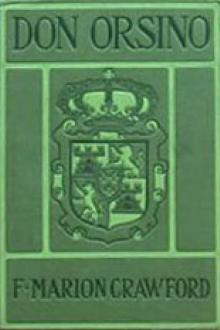
 Free Download
Free Download

